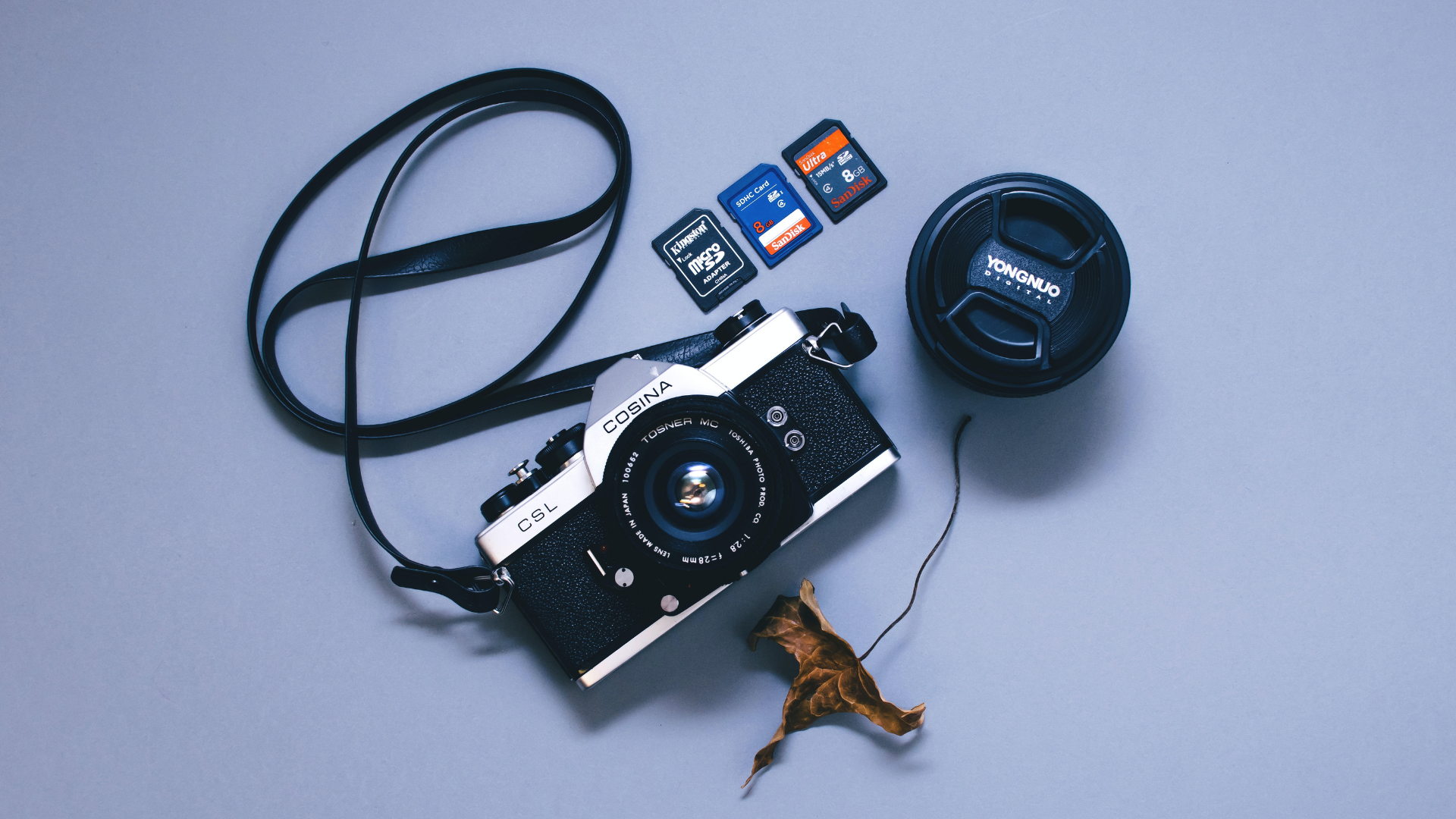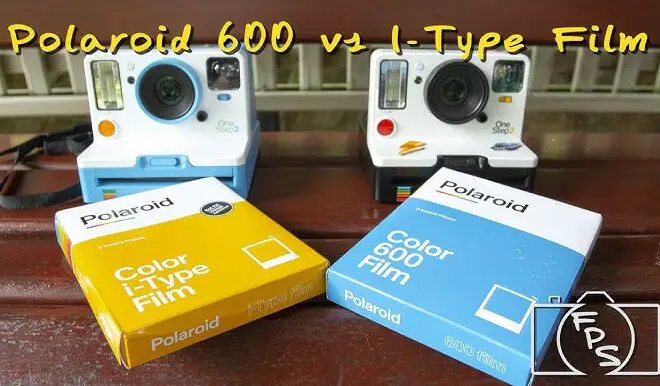
Sony ZV-1F vs ZV-1: Which Camera Offers Better Performance?
As an Amazon Associate, I earn from qualifying purchases.
Sony has been a dominant player in the digital camera industry for a long time. In recent years they have made a name for themselves in the vlogging and content creation industry with these.
With the release of Sony’s ZV-1F and ZV-1, they have taken things a step further. The ZV-1F is the more affordable offshoot of the ZV-1 camera. These cameras have a lot of similarities and some distinct characteristics.
This article will do a comparison of Sony ZV-1F vs ZV-1. Read on to know more about these offerings to make a more informed decision before going to purchase either of the cameras.
Sony ZV-1F vs. ZV-1: Quick Comparison Chart
Some key differences between Sony ZV-1F vs ZV-1:
| Feature | Sony ZV-1F | Sony ZV-1 |
| Sensor | 20 MP -1.0” APS-C CMOS | 20 MP -1.0” APS-C CMOS |
| ISO | 125-12800 | 125-12800 (Expandable 80-25600) |
| Continuous Shooting | 16 FPS | 24 FPS |
| High-Speed Video | 120 FPS | 960 FPS |
| Lens | 20mm prime | 24-70mm Zoom |
| Aperture Range | F2.0 | F1.8-2.8 |
| Wireless Connection | Built-in | Built-in |
| Weight | 256 g | 294 g |
| Battery life | 360 shots per charge | 260 shots per charge |
| Video | 4K | 4K |
| Video Resolution | 3840 X 2160 | 3840 X 2160 |
| Image Stabilization | Electronic | Optical & Electronic |
| Price | $498 | $748 |
| Buying link | Sony ZV-1F | Sony ZV-1 |
| Release date | August 30, 2022 | May 27, 2020 |
A Comprehensive Comparison of Sony ZV-1F vs. ZV-1 Cameras:
The popularity of social media sites such as Instagram, TikTok, and YouTube has expanded the number of people who want to create vlogs and video content.
Nowadays, there is an increase in demand for high-quality cameras that can capture excellent images and footage.
With that in mind, Sony has responded to the needs of content creators with the ZV-1 and the ZV-1F.
Similarities between The Two Cameras:
- Fully Articulating LCD Screen.
- 4K 30 FPS, 1080p 120 FPS.
- Eye Auto Focus.
- 125-12800 ISO Range.
- 1.0”- type CMOS Sensor.
Although these two cameras are identical in many terms, but the cameras were built for different individual needs and professions. Let’s compare the two cameras.
Lenses:
The ZV-1F has put more emphasis on vlogging which is noticeable from the 20mm prime lens. The ZV-1 has a 35mm equivalent 24-70mm standard zoom lens.
The wider coverage on the ZV-1F means content creators will have more control over the environment that their taking in the footage.
Build and Design:
The Sony ZV-1F and the Sony ZV-1 have almost identical builds and designs. Both cameras feature a sleek and compact design for easy handling and use. The material used to build these cameras are sturdy and reliable.
These cameras don’t come with weather sealing which is a bummer for a lot of users. This means vlogging during bad weather conditions is not a possibility and there are limitations to the use of the cameras.
Both cameras have an identical button and port layout. Let’s take a look at some images of the two cameras.

Here is a photo of the ports available on the two cameras.

Both cameras have USB charging, HDMI output, and a microphone jack. The USB on the ZV-1F however is a USB C-2.0 which has a faster transfer speed.
The transfer speed on the ZV-1 is around 500 Mb/s while the ZV-1F can transfer at the highest speed of 5 Gb/s which is a huge deal when talking about big 4K video data.
Size and Weight:
For a vlogger holding the camera on one hand fully extended, recording footage all day for vlogs or social media content, the size and weight of the cameras make a huge difference.
Let’s look at the dimensions of the two cameras for a better understanding of their size.

The ZV-1F is a bit taller, wider, and more robust. The same case cannot be used on both cameras. The ZV-1 here is a more ergonomic and small camera.
The ZV-1F however weighs around 256g while the ZV-1 weighs around 294g. But the smaller size makes it easier to handle the ZV-1 for video shooting.
Price:
The price of the two cameras will play a very important role in deciding which one to buy.
The ZV-1F at the time of writing only costs around $498. This low price tag makes the ZV-1F an outstanding deal in comparison to the ZV-1 which is priced at $748.
Sony had to do some major cutoffs to put the ZV-1F in this price range which is worth noting for someone who wants the best camera available.
Photography:
Both cameras shoot in 20 MP and the image quality is almost identical. The ZV-1 however can shoot raw images but the ZV-1F can only shoot JPEG.
Shooting RAW is important for photographers who want to have more control over the color grading of their images. The ZV-1 will be a better combination of a hybrid shooter.
Both cameras have optical image stabilization that crops the frame to introduce stabilization. When turned on the 20mm ZV-1F turns 25mm equivalent and the ZV-1 turns 29-30mm equivalent.
The ZV-1 has a built-in ND filter but the ZV-1F does not. The ND filter on the ZV-1 has three stops. This helps a lot when someone is shooting outside with the camera.
The ZV-1F has a 40.5mm thread for polarizers and ND filters but this is not available on the ZV-1.
Unique Features:
The ZV-1F has something called the ‘Shot Mark’ to edit little clips inside the camera before exporting which the ZV-1 lacks.
Battery Life & Aperture Range:
The Sony ZV-1F can take 360 shots or 60 minutes of video recording on a single charge while the ZV-1 can only take 260 shots or 45 minutes of video recording. This does favor the ZV-1F but the incapability of this camera to take RAW images cancels it out.
The ISO range is a big difference between the two cameras. The Sony ZV-1F featuring the prime lens has a fixed aperture of F2.0 while the ZV-1 with the standard zoom has an aperture range of F1.8-2.8.
ISO Range:
The ZV-1 and the ZV-1F have an ISO range of 125-12800. The ZV-1F can only be extended to ISO 80 but the ZV-1 has an extended range of ISO 80-25600. However, these cameras are not built in a way to capture proper images over ISO 1600.
Sony ZV-1F vs ZV-1: Verdict?
The only real deciding factor for a decision to buy either camera is the budget of the individual and the needs of specific content creators.
If the need is to get the camera available for the best content creation experience, then the Sony ZV-1 outshines the ZV-1F in most aspects. Even though the ZV-1 has some shortcomings it is still the better camera overall.
The winner of this debate is the Sony ZV-1, despite the bigger price tag on it.
Summary
The Sony ZV-1F and the ZV-1 are both fantastic choices for vlogging and content creation. Both cameras are packed with a similar feature set with some not available on the ZV-1F for a more affordable tag.
Ultimately, the choice between the Sony ZV-1F and the Sony ZV-1 boils down to personal preference and price.
Whether a customer opts for the Sony ZV-1F or the Sony ZV-1, they can be confident that they are getting a high-quality camera that will suit their needs as a vlogger or content creator.
- Read Also: Nikon D5600 vs. D7500: Which Camera Should You Go For?
- Read Also: Nikon D3500 vs Canon T7: Which Camera Should You Choose?
- Read Also: Nikon D780 vs D850: A Closer Look at Two Flagship Cameras?
- Read Also: Sony A7IV vs A7RIV: Which Camera Has Better Output Quality?
- Read Also: Fujifilm XF10 vs. X70 Camera: Which One is the Compact King?



